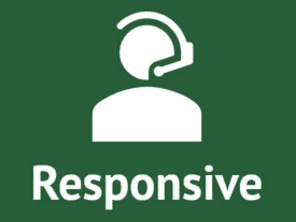Why Focus on Resiliency

In the face of uncertainty caused by natural or man-made disruptions, the department will be ready to meet its commitment of providing a safe, efficient, and convenient transportation system.
Characteristics of Resiliency?
There are many ways in which resiliency of a system can be defined. We define resiliency as the ability to anticipate, prepare for, and adapt to changing conditions and withstand, respond to and quickly recover from disruptions.
But, having a strict definition often disguises the fact that the concept of resiliency is complex and isn’t just one thing.
To more fully capture the essence of what a resilient system is, it is often characterized by the four properties listed below. A resilient transportation system is:
| Natural, Environmental, & Extreme Weather Events | Human-induced Hazards |
|---|---|
|
|
Our Strategies
The strategies listed below are just a sample. A full list, along with background information and implementation details, is available in the Resilience Improvement Plan.
- Develop a Flood Operations Plan to support flood event response.
- Develop a comprehensive statewide flood mitigation strategy.
- Partner with HSEMD and local jurisdictions on comprehensive flood mitigation planning.
- Explore vulnerability assessments for various hazards for our transportation system and others.
Hazard Analysis
In support of the strategy aimed at ‘Exploring vulnerability assessments for various hazards for our transportation system and others,’ the below are current Iowa DOT efforts that accomplish that strategy. The list will be added to continuously as new hazard analyses are developed and explored.
Statewide Flood Resiliency Analysis
Contact
For more information about the Iowa DOT resiliency efforts, please contact sustainability.resiliency@iowadot.us or:



